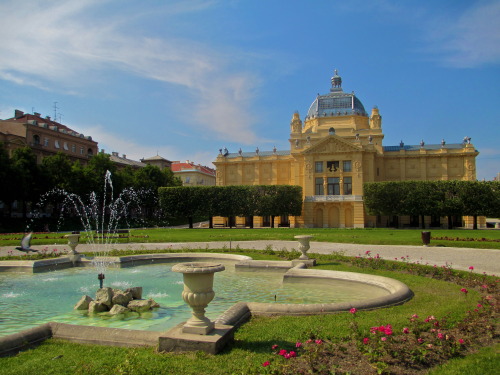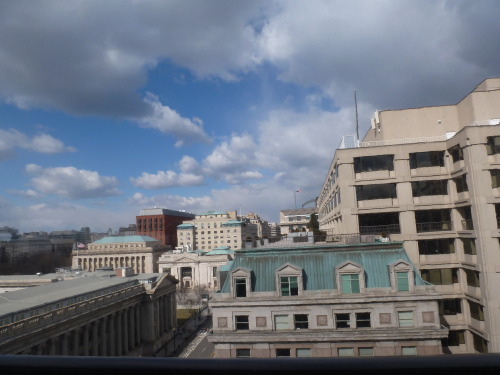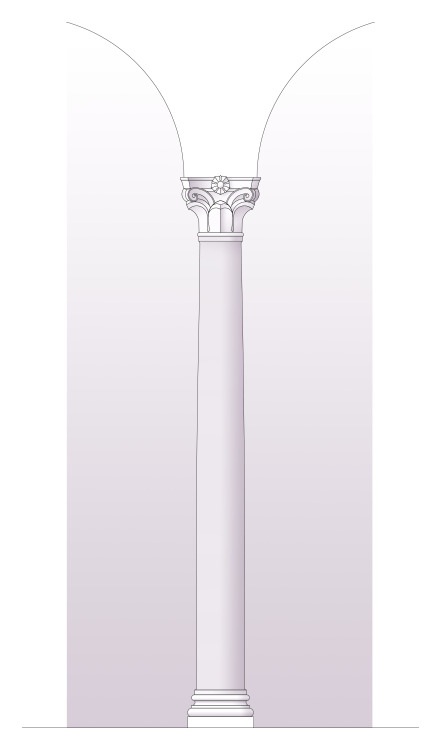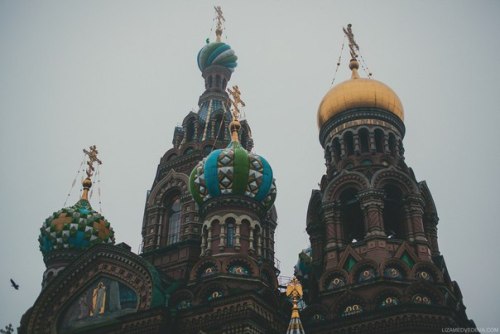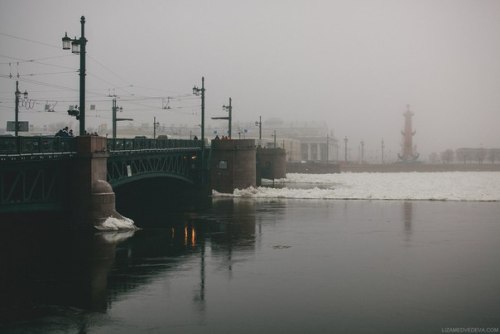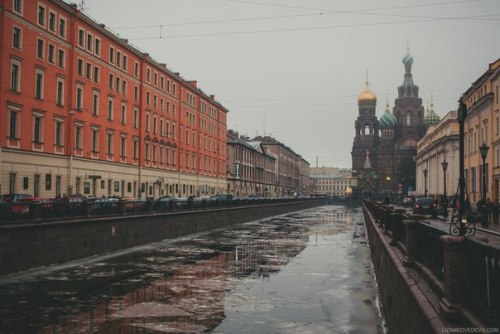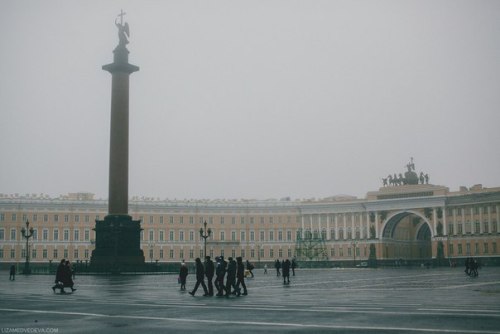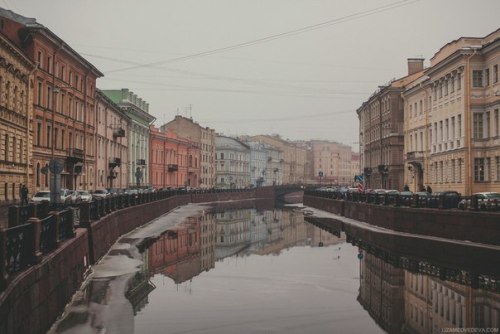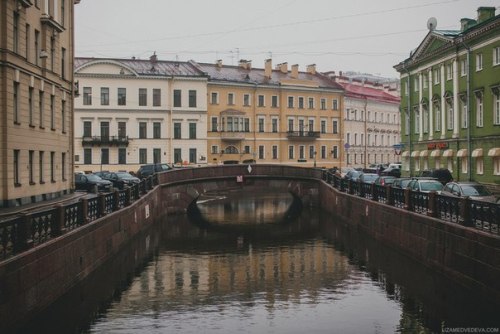#capital
“Where I am now” in terms of trying to explain Rosdolsky’s interpretation of Marx on “the transition [from value and money] to capital” (chapter 11 in “Making Capital”) — if that is at all possible and the attempt further suggesting that I’m wrong or at least too simplistic — is that, in order to develop capital from money, “selling in order to buy” (C-M-C), must pass over to “buying in order to sell” (M-C-M). “Only under these conditions i.e. if the circuit C-M-C turns into the circuit M-C-M, can money become self-preserving and self-augmenting value, become capital” (p. 188).
In the simple commodity circuit “C-M-C”, a commodity owner begins by exchanging a commodity for its equal in money. Next, our commodity owner exchanges this money for an equivalent value in new commodities. Thinking qualitatively, i.e. in terms of use value, the owner exchanges a commodity which is not a use value for him for another commodity which is useful for him, via the universal equivalent — money. Considered quantitatively, there is no increase or expansion of value and the exchanges values of each commodity are equal.. which is also equivalent to the value of the money involved. We notice commodities are exchanged for their equivalent in money form. And money is exchanged for its equivalent commodity form of value. This means that simple commodity exchange is a process of exchanging equivalent exchange values with a view on consumption, not increasing exchange value.
“One commodity is ultimately exchanged for another commodity… and the circulation itself only served, on the one hand to allow use values to change hands according to need, and on the other to allow them to change hands to the extent to which labor time is contained in them… and to the extent to which they are factors of equal weight in general social labor time”. (p. 185). But “Value does not emerge from value; rather, value is thrown into circulation in the form of a commodity… The same magnitude of value which previously existed in the form of the commodity, now exists in the form of money” (pp. 186-187).
Already, we see how simple commodity exchange — selling in order to buy — is determined by the use value of a commodity. At this stage of economic development, exchange value has not yet thrown use value into the dustbin. However, dominance of exchange value.. “where exchange value as such becomes further developed” (p. 186).. “the form wherein exchange value is the point of departure” (p. 184)… is the basis of the capitalist mode of production. “Capital must be understood as self-augmenting value… And for this purpose it is necessary to proceed… from ‘exchange value’” (p. 185). But capital is not simply “self-reproducing exchange value” (p. 184). That is, cannot be accumulated unless commodities are exchanged for an increase in money.
In the capital exchange circuit, “M-C-M”, value only becomes capital and the owner of money a capitalist because the commodities are produced with a view towards exchanging them for a greater exchange value than the original exchange value of “M”. In this circuit, in its complete form, the function of labor power is not only useful but becomes essential. And thus we arrive at the core of capitalist society — commodity exchange of labor power for wages.
The differences between simple and capitalist commodity production are schematically summarized in Rosdolsky; “The Law of Appropriation in Simple Commodity Economy”, ch. 10 in Vol I of the Pluto Press paperback copy of “Making Capital”… Absolutely amazed by how rich his understanding is of so much of Marx’s work. Although, to an extent, I feel he misses the “historical” aspect of the distinction between basic commodity production as it first emerged.. and commodity production as it was — historically — modified/ generalized by capitalism. Again, please take all of this with a grain of salt… I may be totally missing the mark… the material is overwhelming:
Guided by Rosdolsky’s schema of Marx’s theory of value, simple commodity production is where production is not for use but for exchange… and not “just” for exchange (e.g. individual exchange, barter) but for exchange value. This situation, where the commodity is voluntarily and reciprocally exchanged by its owner for its equivalent exchange value, is what Marx calls the “very Eden of the innate rights of man”; perfect freedom and equality realized within the “form” of value. (And labor time necessary for production provides an answer to the question of “how much” is the value of a commodity; the “magnitude” of value.) Simple commodity economy, speaking of commodities and labor represented strictly by the form of value, contrasts with the more developed relations of capitalism.. where production and exchange of products is not just for exchange value, a simple substitute of equal value, or value form, but for increased value; i.e. commodities and labor are produced/ represented by — capital!..
Simple exchange, which Marx represents by C-M-C — exchange value exchanged with an eye toward its equivalent in value form or money form — is necessary in order to develop capital — M-C-M(+) — exchange value exchanged with an eye toward increasing exchange value. Significancntly, M(+) is not simply replacing an equivalent in commodity or money form but represents capital, a money form which has a greater value than the original outlay of “M”. “At this point”, we’re moving into the development of capital from money and commodity values, along with further development of social division of labor that makes possible transformation of the level of simple commodity production into the higher level of capitalism.
With the beginnings of capitalist society in history, the quest for simply replacing exchange values is transformed into a process of accumulating and increasing exchange value. Simple commodity production is based on an exchange of equivalents — replacement of value form; as opposed to capitalism, primarily tending toward an increase in value as a result of buying, consuming, exploiting wage labor.. And, of course, capitalist production takes place under the guise of the more basic relations, equality of value form, reciprocity of simple exchangers, freedom of commodity owners etc…
*** I have already indicated that this is a — very — rough outline of the path humanity has traversed to arrive at the present — historical — situation. Hopefully things are clear enough…
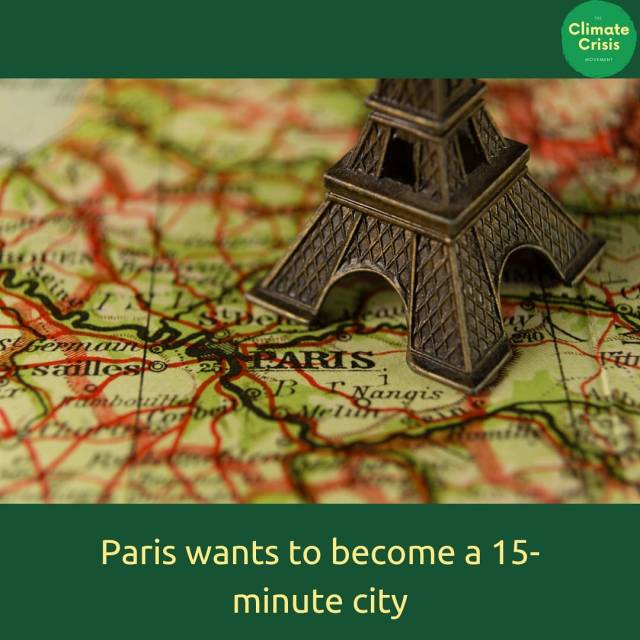
Everything, from workplaces to parks, could be within 15 minutes of walking for Parisians.
The city is working hard in making itself as independent from cars as possible, investing over 300 million euros in its projects. Car parking lots are replaced with parks while bicycle lanes become more common.
Such a move will drastically improve Paris’s carbon emissions which not only helps in the fight against climate change but also makes the city a better place to live.

